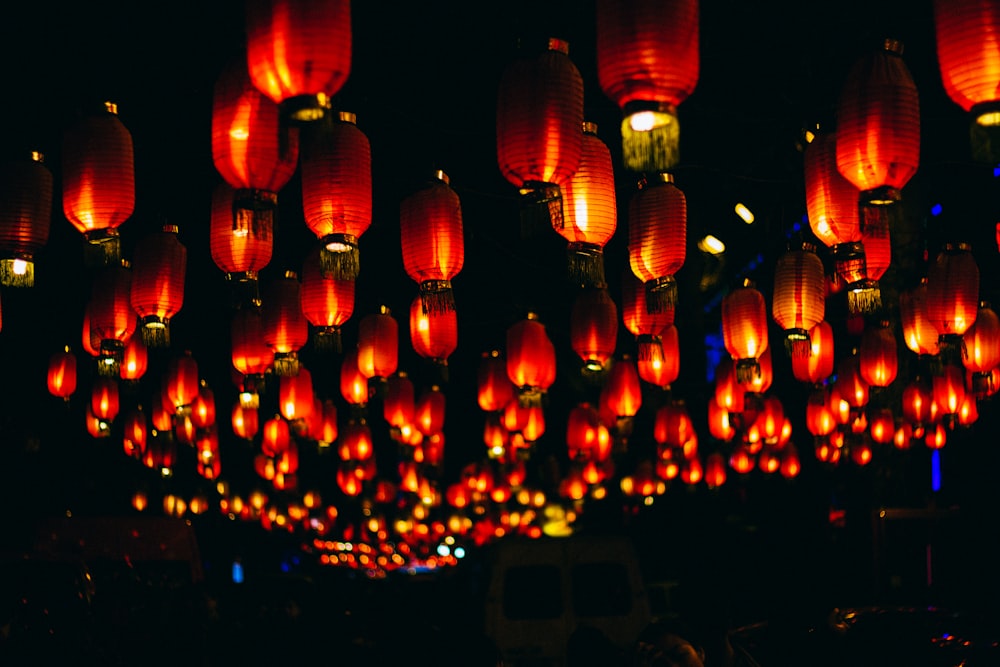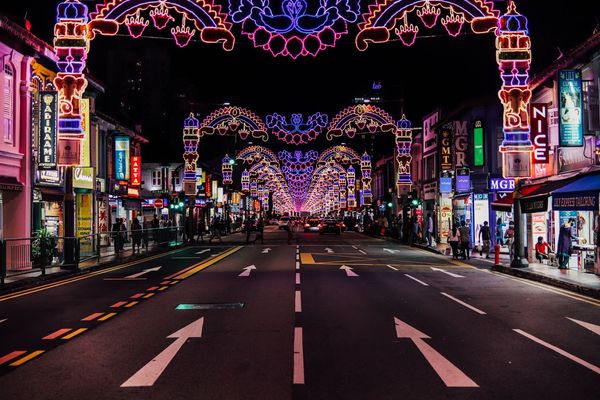Chinese New Year Traditions To Experience With Your Flatmates (2022)
For many of us in Hong Kong, the Chinese New Year (CNY) holiday was the golden opportunity for reunions and travelling. However, with Omicron making its rounds, this year's going to be a little different.
Although many of us won’t be able to gather with extended family to celebrate the festivities due to the tightened social distancing restrictions, it doesn’t mean that celebrations should be cancelled.
Here are some ways you can celebrate tradition safely and still share the joy with your family, friends and even flatmates!
Clean away the bad luck
For the Chinese, packing and cleaning your house before CNY symbolises the washing away of bad energy and misfortune of the previous year in preparation for better ones.
While tidying your home, don't forget to clear out clothes, shoes or any other items that no longer ‘spark joy’. If they are in good condition, we suggest donating them to your local charities such as The Salvation Army to minimise waste and give those items a new lease on life.
Pro-tip: If you are giving away or donating your items, be sure to do so safely. By that we mean, minimising face-to-face meet-ups and choosing the delivery and/or pick-up option if available.
Usher in blessings with bright Chinese New Year decorations
After the house has been cleaned, it is time to put up auspicious CNY decorations! Most CNY decorations are in red as it is a lucky colour in Chinese culture that symbolises happiness, beauty, vitality, good fortune and success.
Lanterns
Chinese lanterns are one of the most common decorations during CNY because it symbolises wishes for a brighter future. While you can easily find paper lanterns being sold everywhere, try making them yourself this year by using red packets.
Door couplets and upside down fu (福) characters
Even numbers have positive connotations in Chinese culture, which is why new year wishes are posted in a pair on each side of the main door. In addition, an upside down fu (福) , which means good fortune, is placed on top of the door frame or on the door. There is a superstitious belief that when fu is placed upside-down, good fortune will pour out into the household.
If you ask us, that’s definitely worth a try!
Kumquat tree
Another typical auspicious CNY decoration is the kumquat tree. Over the years, it has gained popularity because its Cantonese name (gam gat, 金橘) sounds very similar to the Cantonese word for gold and luck. More than just decoration, these fruits are also often handed out as CNY gifts in even numbers!
Pro-tip: To get the best variety and bang for your buck, we suggest visiting Flower Market Road, which is a short 15 minutes walk from Hmlet Zion Apartment in Mong Kok.

Prepare traditional Chinese New Year meals
As you might have probably realised, symbolism is a running theme for CNY. This applies not only to customs, decorations and gifts but also the food eaten during the festival. Here are some of the season’s must-have menu items that you should try cooking at home this year.
Spring rolls
As its name suggests, spring rolls are typically eaten during the Spring Festival (a.k.a. Chinese New Year). Golden in colour and shaped like gold bars, spring rolls represent wealth and prosperity. They are also extremely easy to make, loved by both the old and young, and are widely available at most dim sum restaurants.
Steamed whole fish
A CNY meal is only complete when you have a whole fish on the menu. Similar to why kumquat trees are important during CNY, fish (yu, 鱼) is a must-have because its pronunciation is similar to the word ‘surplus’ (yu, 余). What’s more, fish is also a healthier form of protein that can be consumed by most people. A win-win situation? We think so too.
Here's how to prepare a traditional Chinese steamed fish dish in 20 minutes by Angel Wong's Kitchen without a steamer!
Poon choi
Poon choi (pen cai, 盆菜), which translates to Chinese casserole or feast bowl, is a CNY dish that originated from Hakka villages in the New Territories. The dish could include up to 20 auspicious ingredients, each one cooked separately before being layered on top of one another in a wooden or clay pot to be slow-cooked together again in imperial broth.
As this is a rather time-consuming activity, most Hong Kong families opt for ready-made ones. Luckily for them, there are many Chinese restaurants that offer their own version for pre-order before CNY and here are some of our favourites.
- Lei Garden: Best for traditional poon choi
- Tang Court, The Langham Hotel: Best for traditional poon choi (Oh, and did we mention that they are a three-Michelin starred restaurant? You’re welcome)
- Regal Palace, Regal Hong Kong Hotel: For vegetarian and lobster poon choi
- Green Common: For vegetarian poon choi
For more news and updates about coliving, furniture rental, interior design, community living, home rental and living life unordinary, follow us on social media or subscribe. Learn more about Hmlet's Hong Kong apartments on our main website.





